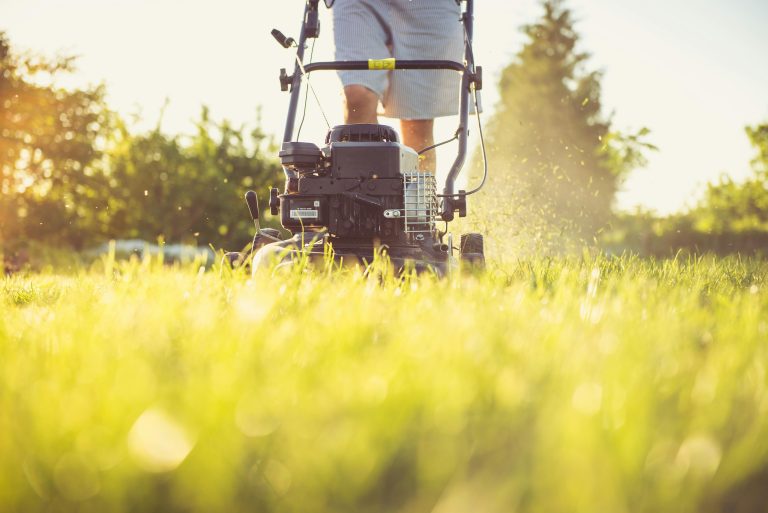If you’re a landlord and you currently take on all your property management responsibilities yourself, you’ll know firsthand that your job involves a lot more than just collecting rent.
Yes, there are cost-saving benefits to handling property maintenance work yourself—but there comes a point where saving a bit of cash might actually not be worth the time and effort spent on the job, especially if you’re juggling your landlord duties around other responsibilities.
Garden maintenance is one of the most time-consuming jobs involved in owning a property, so if you’re considering outsourcing some of your responsibilities, you’ll want to start there. Keep reading for our take on the four garden maintenance tasks that all landlords should outsource ASAP.
Artificial Turf Cleaning
Artificial turf is a great investment for your rental properties because it eliminates the hassle of lugging a mower from one property to the next, but that doesn’t mean it’s maintenance-free.
If you want to protect your investment throughout its lifespan, you’ll still need to take steps to keep it in good condition, including cleaning it to remove mold, caked-in dirt, debris, and pet waste buildup.
While you can handle the weekly hosing down yourself (or ask your tenants to do it), you’ll want to leave the deep cleaning to the experts. Hire a professional cleaning team, like https://www.dirtyturf.com/, to provide a thorough cleaning and deal with drainage issues that can arise over time, helping you maintain a hygienic outdoor space for your tenants.
Lawn Care and Mowing
If your properties still have real lawns, you’ve probably spent more hours than you want to remember mowing, edging, weeding, and fertilizing. And if you haven’t, your properties probably have gardens that resemble mini jungles—a tell-tale sign of a rental property neglected by the landlord.
If you can’t stand mowing the lawn or you just don’t have the time for lawn care, it just makes sense to outsource these jobs to a professional lawn care company.
Hedge and Tree Trimming
Unfortunately, garden maintenance doesn’t end at your lawn. If any of your rental properties have hedges and trees, you’ll also need to trim these regularly to prevent them from growing into neighbors’ gardens or even damaging your own property.
You can save a whole lot of time and hassle—not to mention avoid having to handle cleanup and get rid of all the mess—by hiring professionals to do this job for you.
Seasonal Clean-Ups
Your garden maintenance duties will also be influenced by the changing seasons, with tasks ranging from dealing with fallen leaves to reviving your garden after a harsh winter.
Most professional garden contractors offer seasonal clean-up services to keep your outdoor space looking fresh year-round, which is well worth the investment, especially if you can’t remember the last time you bothered with seasonal maintenance.
Final Thoughts
Garden maintenance doesn’t have to fall solely on your shoulders as a landlord.
If you want to take back a good chunk of your time, it’s absolutely worth outsourcing at least some of your outdoor tasks to an expert, so you can keep your property attractive and well-maintained without having to do the work yourself.


